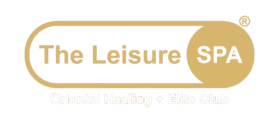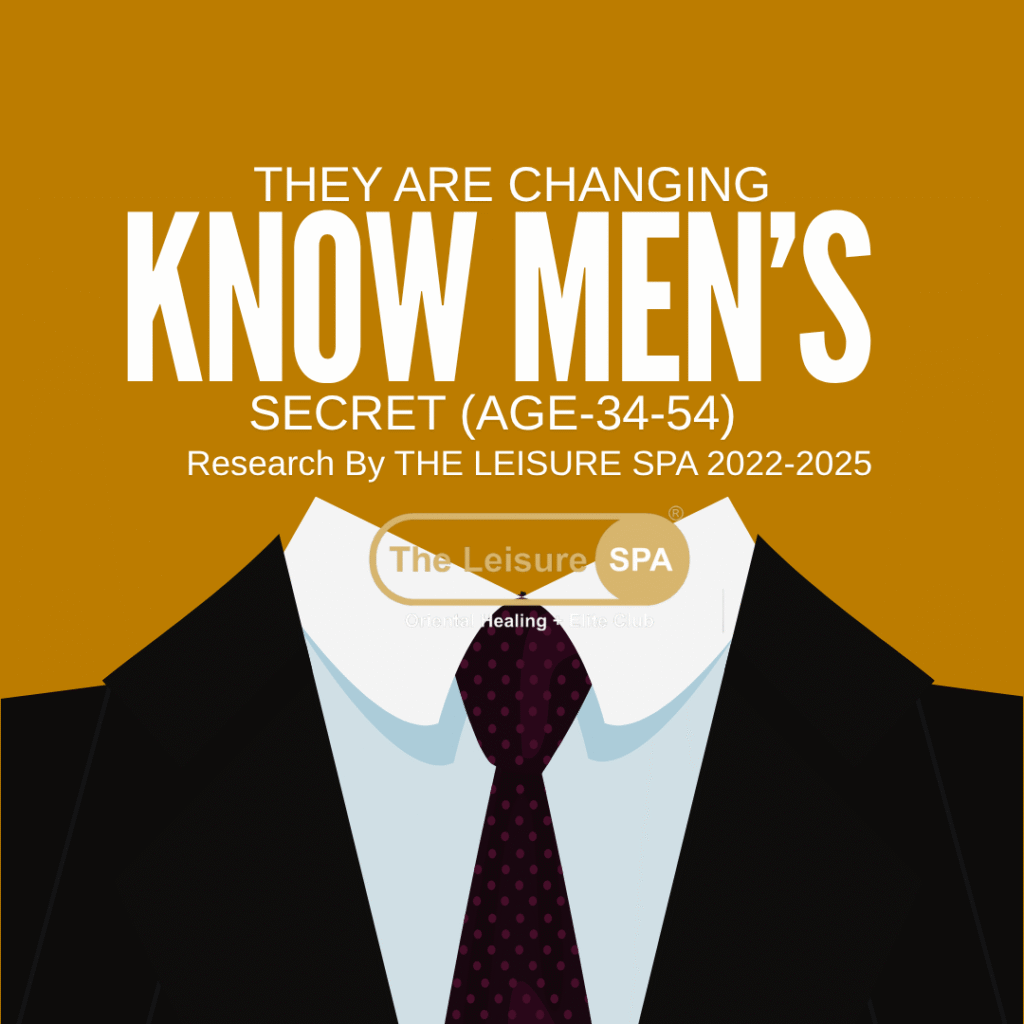211 total views, 2 views today
Report: Men Visiting Spas in India (2022-2025) Findings from The Leisure Spa Research
In recent years, the Indian wellness and spa industry has witnessed a noticeable increase in its male clientele. Men, traditionally less involved in self-care and preventive wellness, are now visiting spas with various goals, desires, and behavioral patterns. Drawing from a comprehensive study conducted between 2022 and March 2025 by The Leisure Spa, this report provides an in-depth look at the motivations, expectations, and tendencies of male spa-goers in India. The findings are based on observed trends and data from thousands of spa interactions.
Seeking Friendship and Love: Hidden Motivations
A significant portion of men visiting spas are not solely seeking therapeutic or wellness services. Instead, many—sometimes covertly—are searching for friendship and romantic connections. This is driven by several societal factors:
-
Urban loneliness: Rapid urbanization and demanding work lives have left many men feeling isolated.
-
Changing gender roles: Spas offer spaces for interaction, where traditional social boundaries are blurred.
-
Emotional needs: With societal pressures discouraging emotional expression in men, spas provide a confidential environment to share feelings and, at times, develop personal connections with staff.
The implication for spa operators is the need to balance professional boundaries with clients’ evolving expectations while safeguarding staff and maintaining ethical standards.
Obesity: A Growing Concern
Research shows that Indian men using spa services are, on average, up to 50% overweight for their ideal body weight. This trend reflects wider public health concerns:
-
Sedentary urban lifestyles: Growing affluence, screen-based jobs, and commuting leave little room for physical activity.
-
Dietary patterns: High-carbohydrate meals, processed foods, and increased eating out are primary contributors.
-
Body image: While awareness of fitness is growing, many male spa clients seek instant or short-term results and are less likely to commit to disciplined wellness routines offered by spas.
For spas, this presents opportunities and challenges. While there is rising demand for weight management solutions, there is also frustration when clients expect quick fixes rather than comprehensive health plans.
Married Men: Living with Fear and Anxiety
Married men form a sizeable segment of spa customers and are increasingly observed to live with fear, anxiety, and stress, problems reportedly intensifying over the last three years:
-
Work-family pressures: Balancing professional demands and domestic responsibilities creates chronic stress.
-
Societal expectations: There remains stigma around expressing vulnerability or mental health struggles, causing internalized anxiety.
-
Seeking escape: For many, visiting a spa becomes an avenue—not just for physical relaxation, but for temporary psychological escape.
Spas are thus becoming unwitting sanctuaries for mental well-being, and there is significant scope for integrating stress management, counseling, and wellness coaching into services.
Poor to Average Hygiene: Body Odour and Intimate Care
Despite increased access to hygiene products, the overall hygiene level among male spa-goers is rated poor to average. Key issues include:
-
Body odour: Many men neglect personal grooming, use inadequate or inappropriate products, or lack awareness about daily washing routines.
-
Intimate care: There is notable discomfort and knowledge gaps around intimate or pelvic hygiene, leading to issues such as infections or skin conditions.
Staff frequently encounter these challenges, indicating a strong need for discrete client education, awareness programs, and the introduction of men-specific hygiene products and services.
The Appeal of Massage: Preferred Service
Massages remain the top draw for 30% of male clients:
-
Physical relaxation: Relief from back pain, muscular tension, and sedentary lifestyles is a primary motivator.
-
Mental relaxation: Massages are also used as mental de-stressors.
-
Sensory experience: Many seek massages for sensual or emotional comfort.
There is scope for spas to innovate with specialized massage therapies—sports therapies, aromatherapy, deep tissue, and others—to match diverse male client expectations.
“Indian Standard Time”: Poor Punctuality
80% of Indian male spa customers reportedly do not adhere to scheduled appointment times:
-
Perception of time: There is often a lack of value attributed to punctuality in personal, non-work contexts.
-
Last-minute cancellations: Tardiness or dropping out of appointments causes logistical challenges for spas in managing staff and other clients.
Addressing this will require stricter policies, client reminders, and perhaps incentives for timely arrivals.
Cheating in Relationships: A Significant Detour
60% of male spa-goers have reportedly engaged in infidelity, a statistic that has significant social undertones:
-
Seeking new experiences: Dissatisfaction in personal relationships, work stress, and monotony sometimes drive men to seek excitement beyond their marriages.
-
Confessional environment: The spa, with its private sessions and conversational anonymity, is often a space where men discuss or rationalize their choices.
Spas need protocols to maintain professional boundaries while ensuring that their staff and environment do not become inadvertent enablers of unethical behavior.
Gossip: The Emerging Male Habit
Contrary to traditional gender stereotypes, men have become “gossip kings,” keen to learn about others’ relationships and private matters:
-
Curiosity and camaraderie: Spa settings foster informal talks where men seek updates about other clients or staff.
-
Use of gossip: Sometimes, information-seeking is the basis for forming social groups, alliances, or shared escapism.
Training staff to manage these interactions with discretion, professionalism, and without compromising client confidentiality is now crucial.
The 10% Classy Clientele: A Cut Above
Only 10% of male spa customers are categorized as “classy”:
-
Personal grooming: This group shows high standards of personal hygiene, grooming, and etiquette.
-
Service expectations: They are selective, expect premium service, and often seek out upscale products or signature therapies.
-
Repeat business: These clients are more likely to be loyal, tip generously, and recommend spas to peers.
Attracting and retaining these clients may require dedicated loyalty programs, concierge-level service, and continuous upgrades to facilities.
Substance Abuse and Preventive Care: A Complex Equation
A notable subset of male spa attendees are believed to be high on recreational drugs. These clients exhibit the following:
-
Negligence towards preventive health: They are generally disinterested in therapies aimed at long-term wellness, management of chronic diseases (like hypertension, diabetes), or fitness-building regimens.
-
Instant gratification: Their focus remains on immediate pleasure—relaxation, escape, or short-term sensory experiences.
Spas are challenged to handle such customers with tact, ensuring safety and legality, while also subtly encouraging a preventive, holistic approach to wellbeing.
The last three years (2022-2025) have seen a complex transformation in the Indian men’s spa-goer. Men are visiting spas looking not just for physical rejuvenation, but also for emotional sanctuary, social connection, and even personal escapades. While some behaviors—such as poor hygiene, infidelity, and substance abuse—pose operational and ethical challenges for wellness centers, others—like the emergence of a discerning, “classy” clientele—point towards evolving market opportunities.
To meet these changing dynamics, spas need to:
-
Enhance staff training in communication, boundary-setting, and privacy management.
-
Diversify services to include mental health, counseling, and educational programs on hygiene and wellness.
-
Develop customer segmentation strategies for targeted marketing and service personalization.
-
Maintain professional integrity while providing flexibility for evolving social needs.
Overall, understanding the motivations and behaviors of male spa clients allows businesses to create better experiences, promote healthier habits, and maintain robust ethical standards—ensuring that the spa remains a true space for rejuvenation, inside and out.

